In their article published in Advanced Biosystems, Miika Leppänen et al. employ helium ion microscopy to visualize the interaction between phages and bacteria.
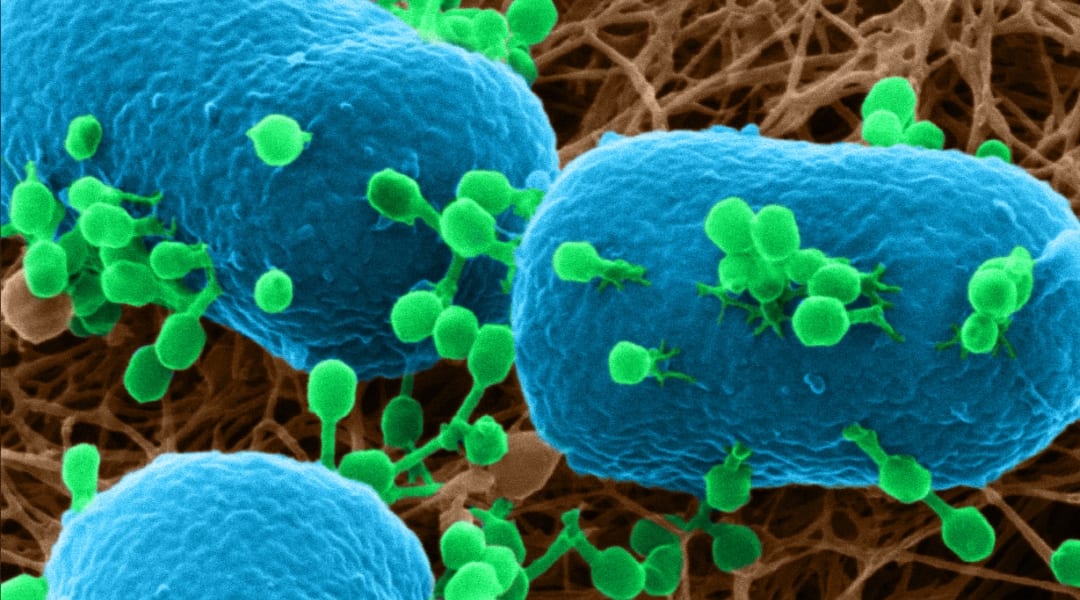

In their article published in Advanced Biosystems, Miika Leppänen et al. employ helium ion microscopy to visualize the interaction between phages and bacteria.

This month’s Advanced Engineering Materials covers and top papers.
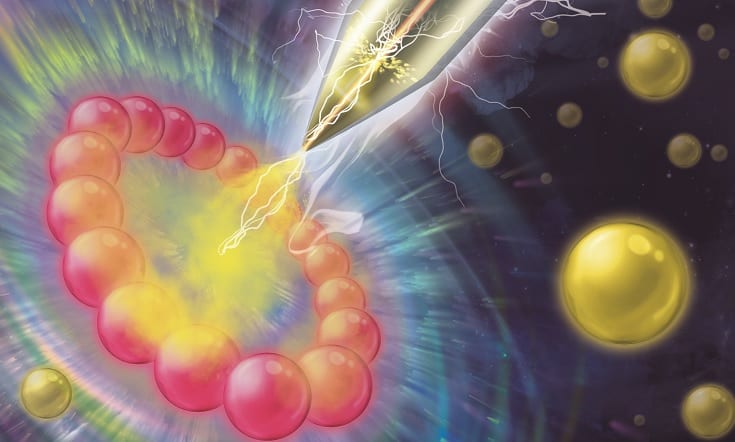
Gold nanoparticle assembly gets a little help from its friends: functionalised gold forms microscale structures via a guided silver aggregation strategy.

Researchers have studied low-dimensional nanoscale ZnO building blocks, such as 1D nanorods, 1D nanowires and 2D nanosheets. Recently it was found that mixing these materials with 3D hierarchical ZnO microstructures revealed special optical, electrical and catalytic properties.

The action of a self-oscillating polymer gel controls the direction of fluid flow within a confined space using a system of polymer brush pentagons.
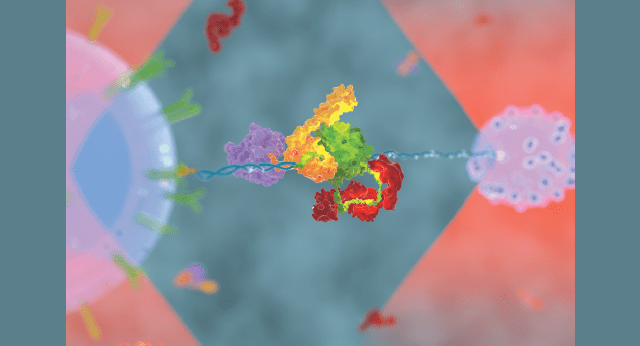
Protein Science has published a Special Issue on Molecular Machines guest edited by Carlos Bustamante from the Laboratory of Single Molecule Biophysics at UC Berkeley. Each living cell, whether prokaryotic or eukaryotic, is a microscopic but complex structure. Its...
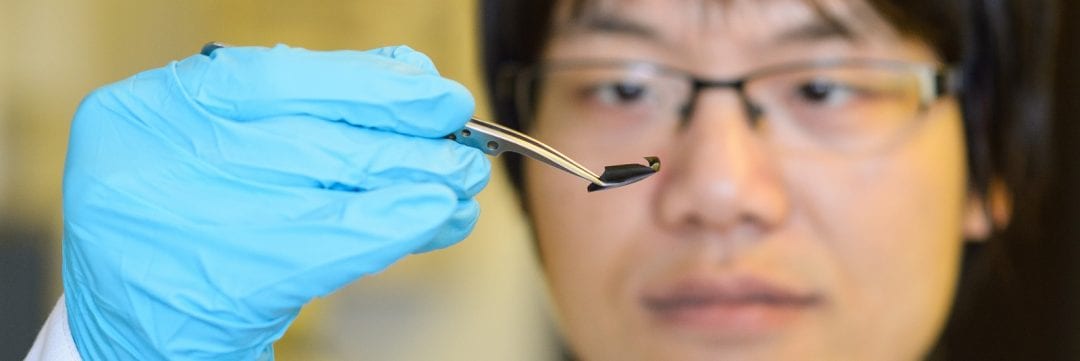
Physicists have developed a thin nanomaterial with superconducting properties. Below -200°C these materials conduct electricity without loss, levitate magnets and can screen magnetic fields.

Researchers develop a liquid crystalline elastomer robot fueled completely by visible light. The robot is capable of biomimetic locomotion resembling a caterpillar and can be operated directly on human skin.

Perovskite-based photovoltaics are currently achieving PCEs of just over 22%. Here are some interesting highlights of recent perovskite research.
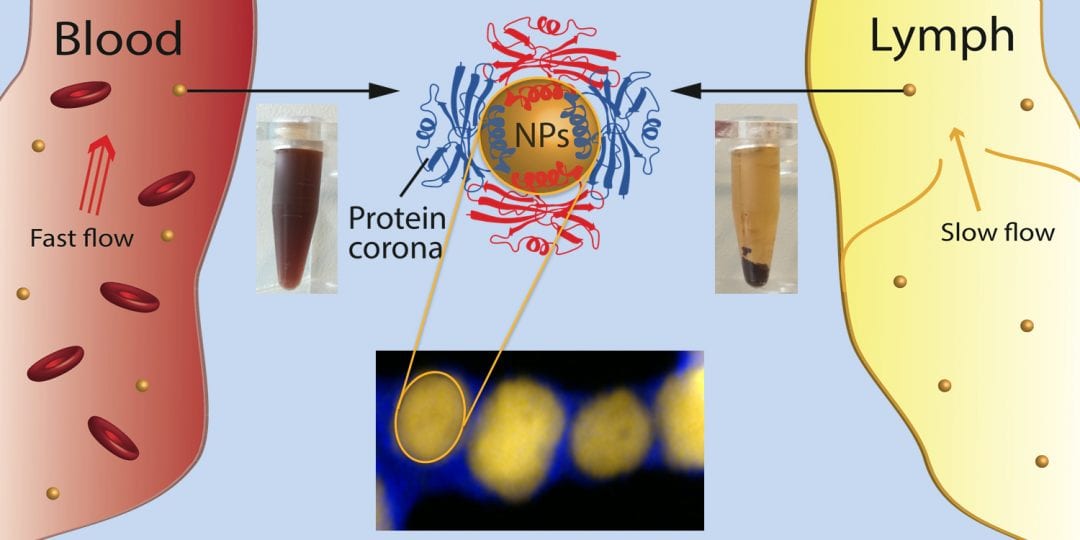
Interactions of nanoparticles with their surroundings, both in vitro and in vivo, are different simply because the environments are different. As such, the first insight towards answering complex questions associated with in vitro-in vivo translation are provided.